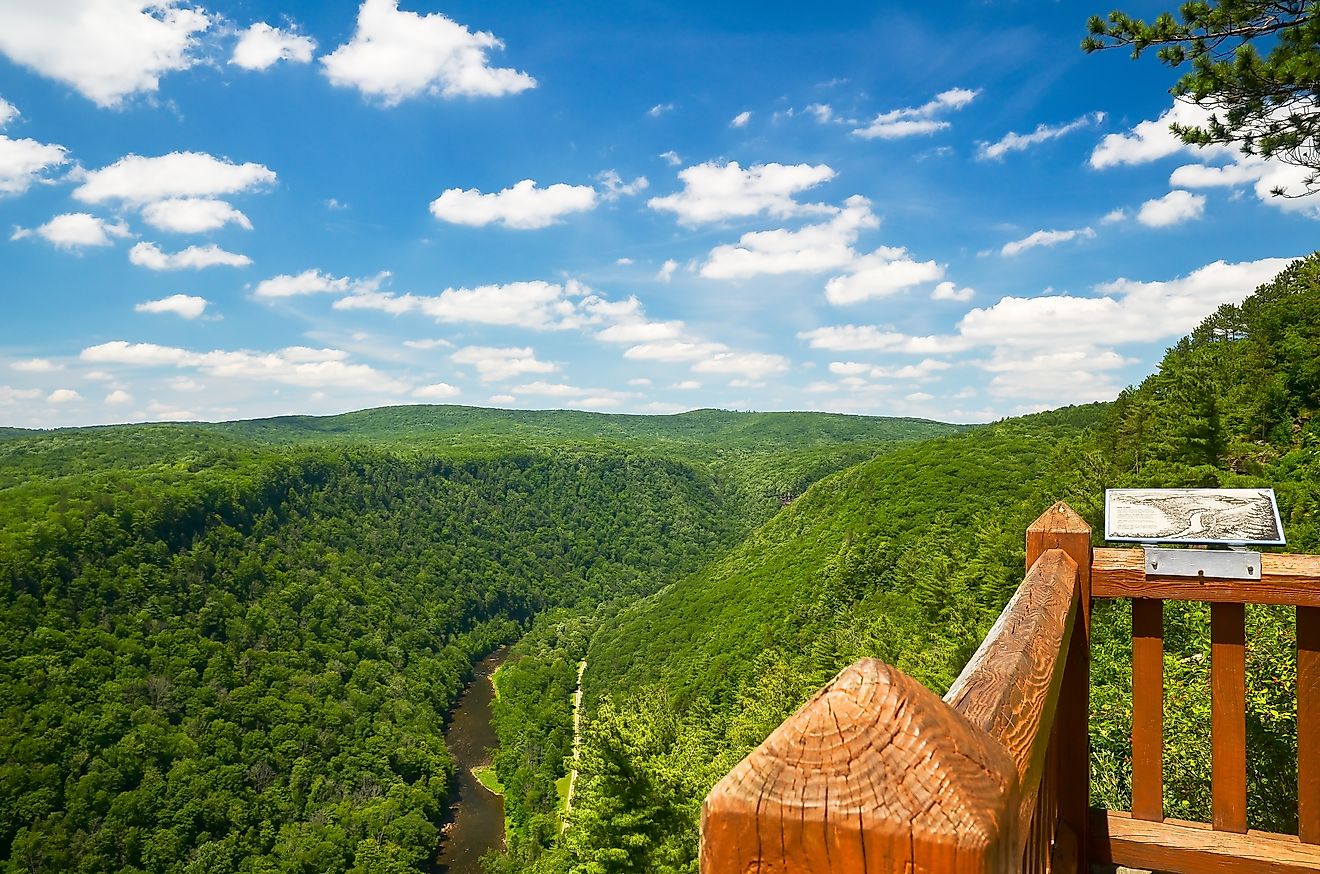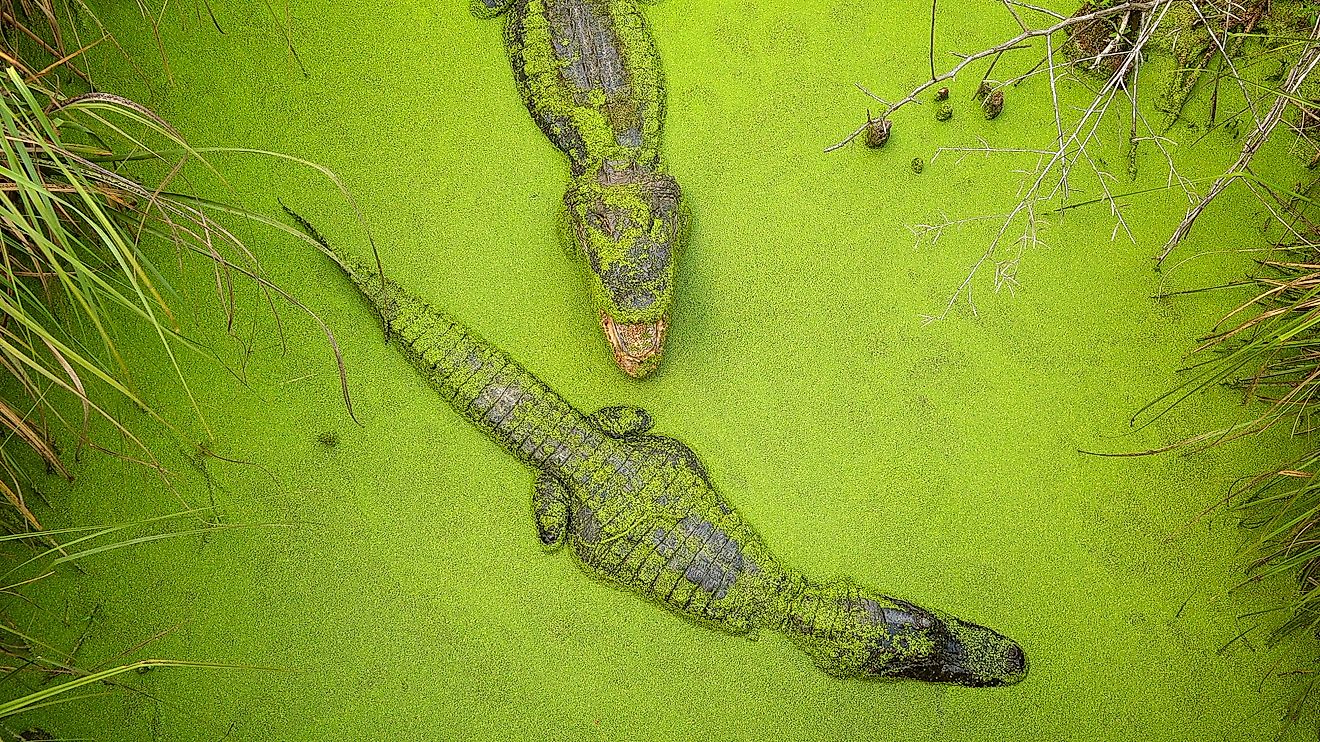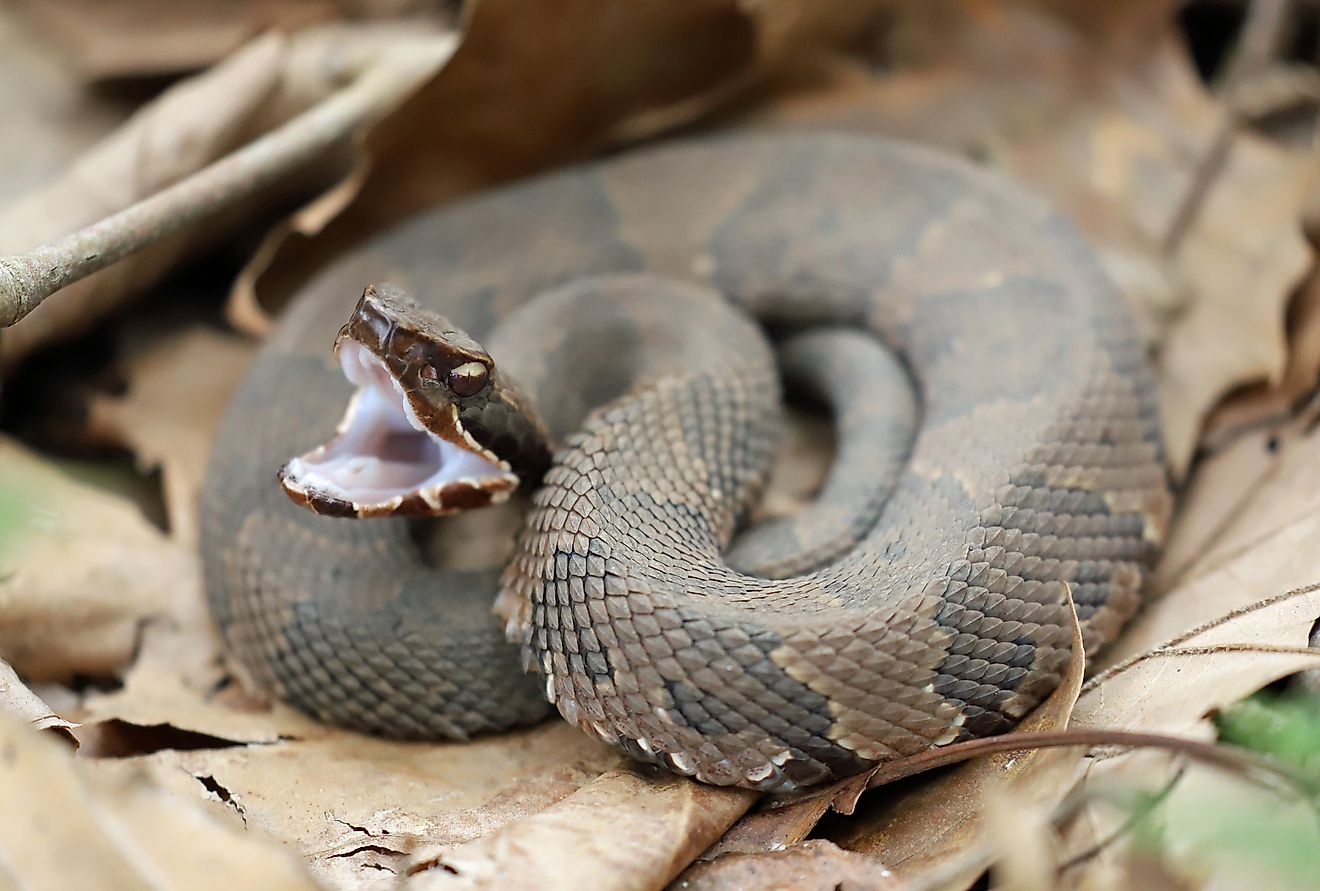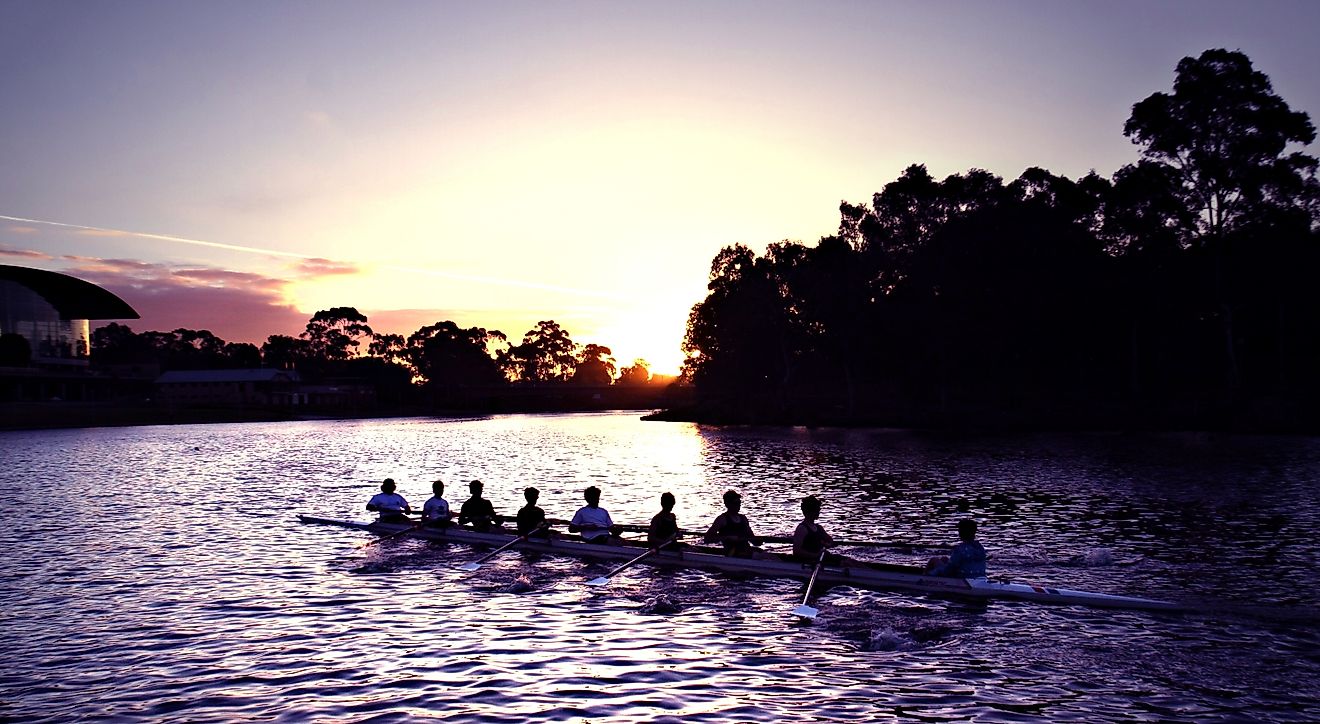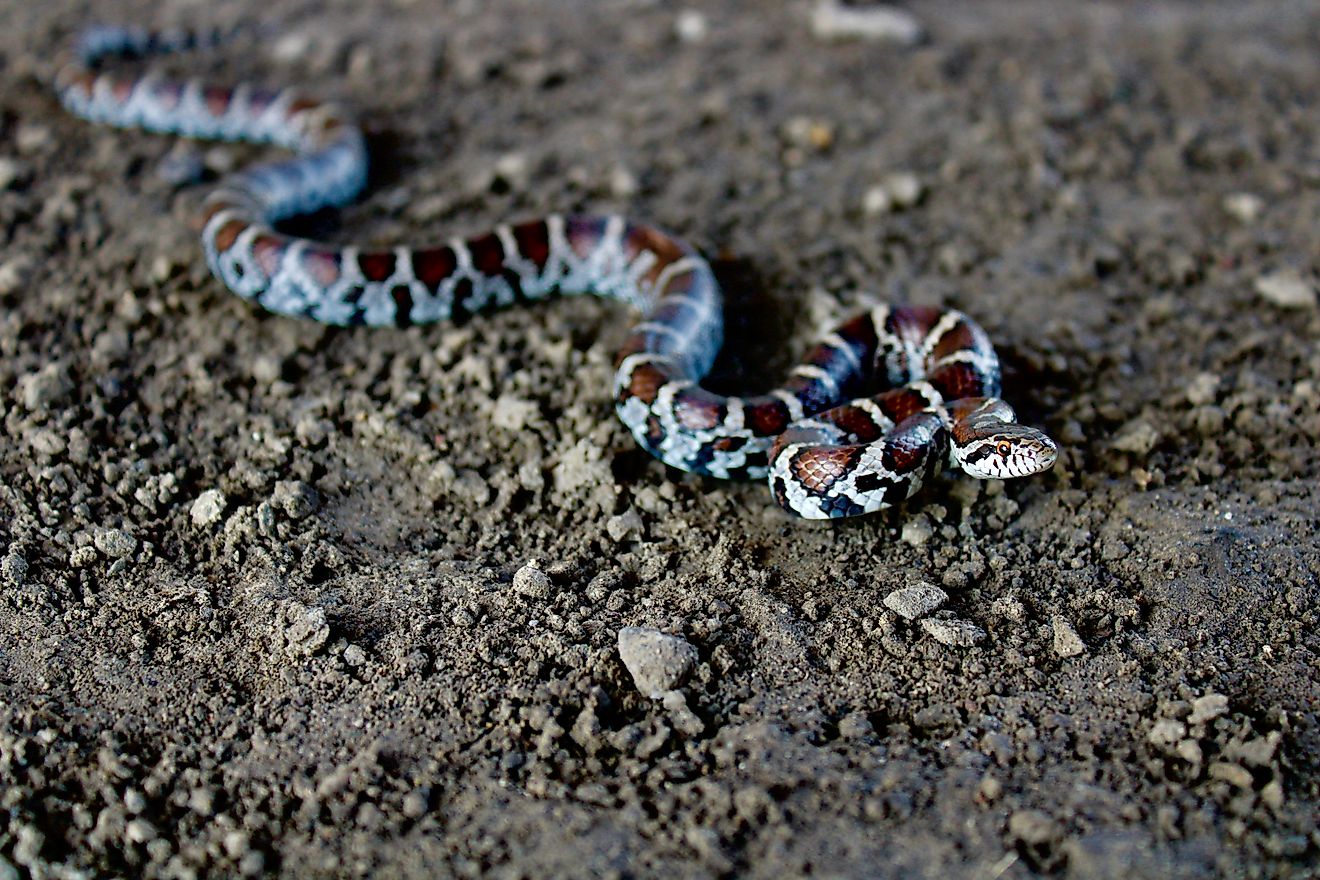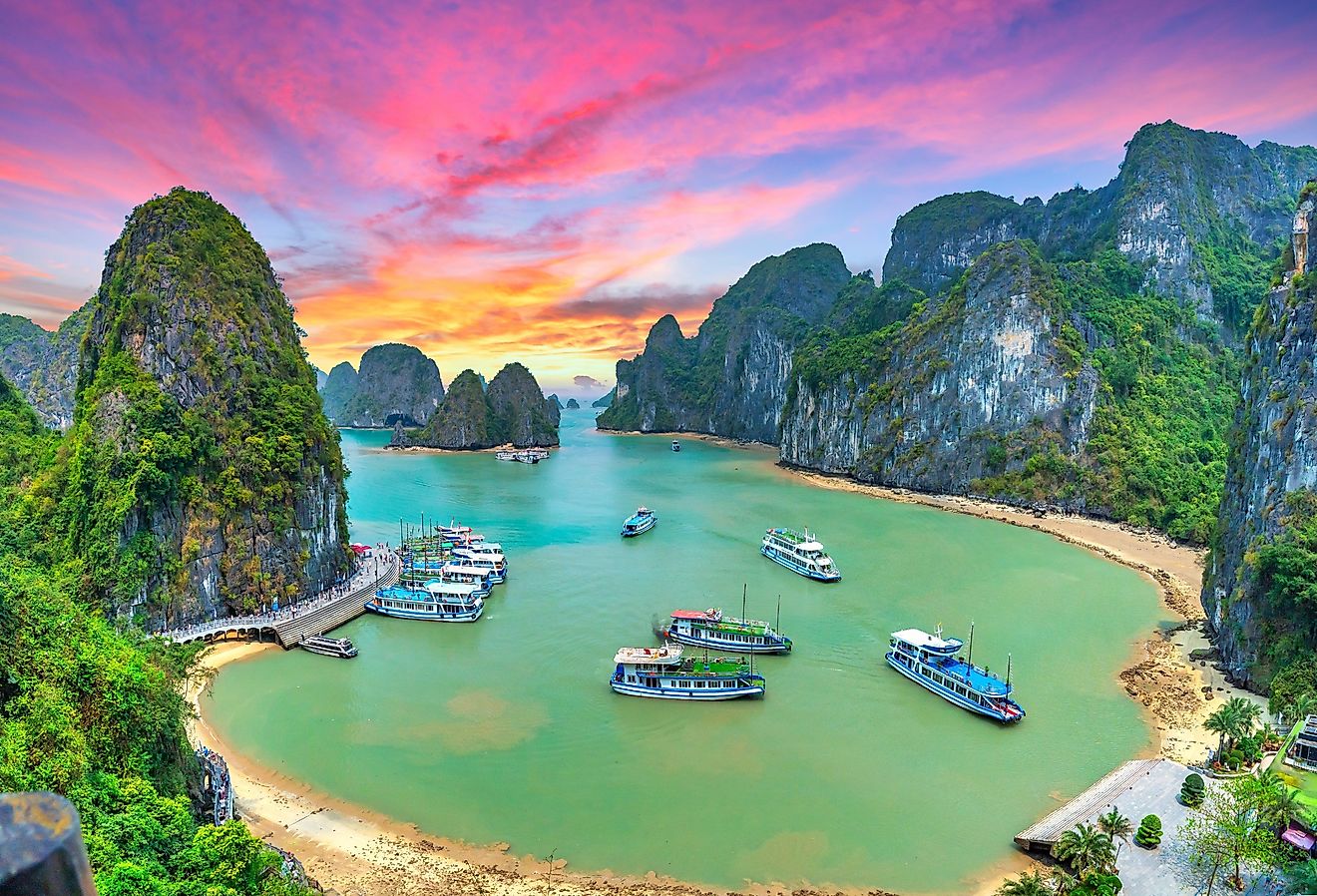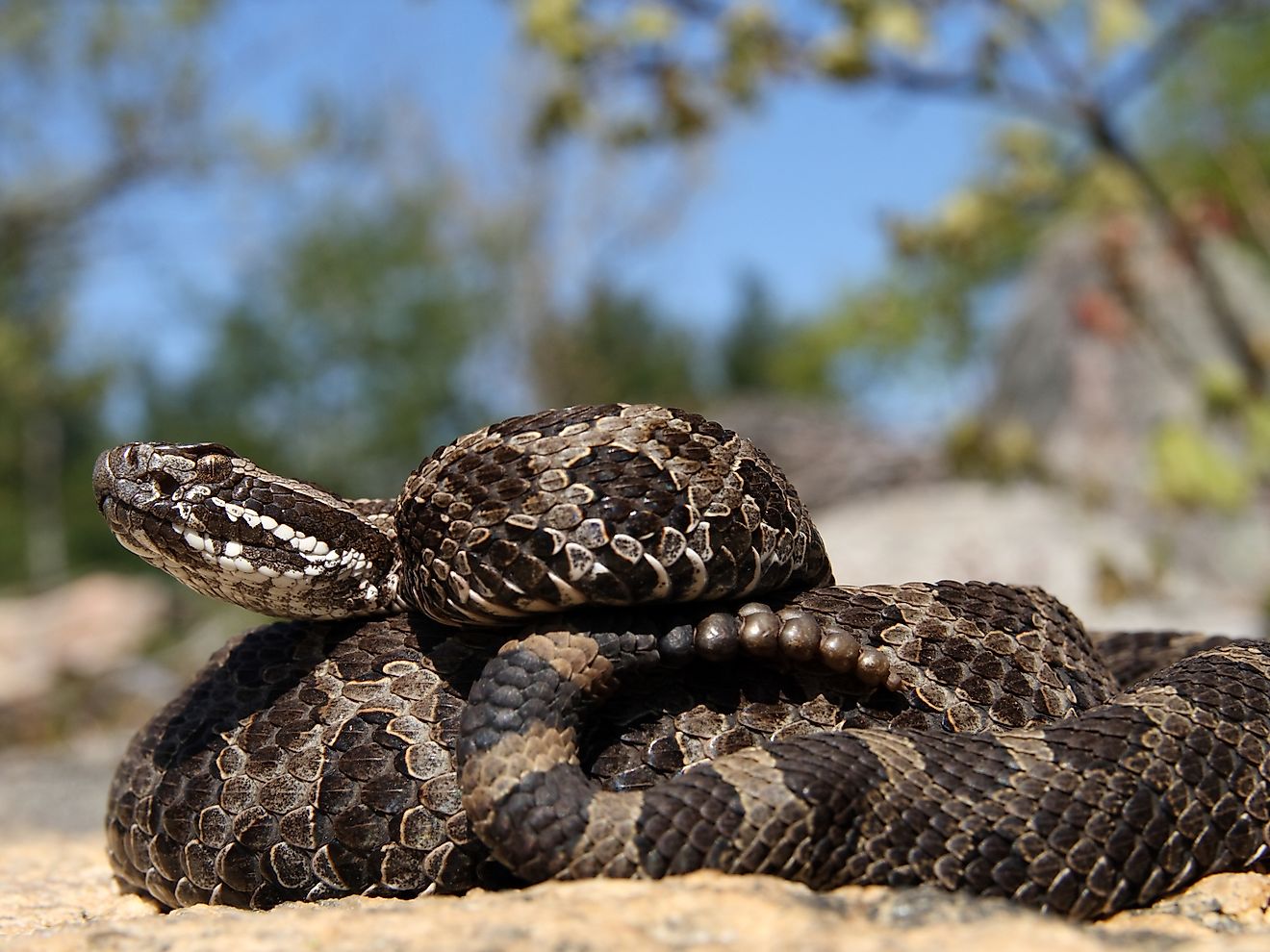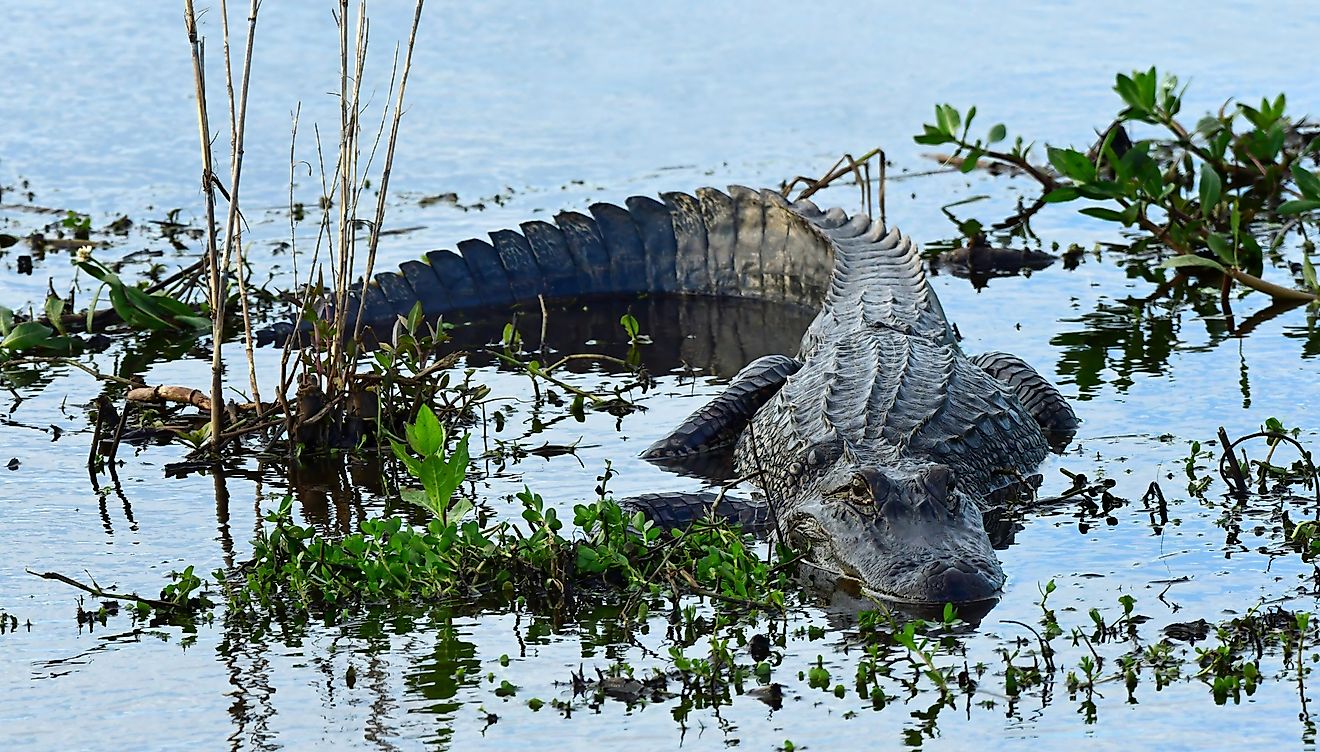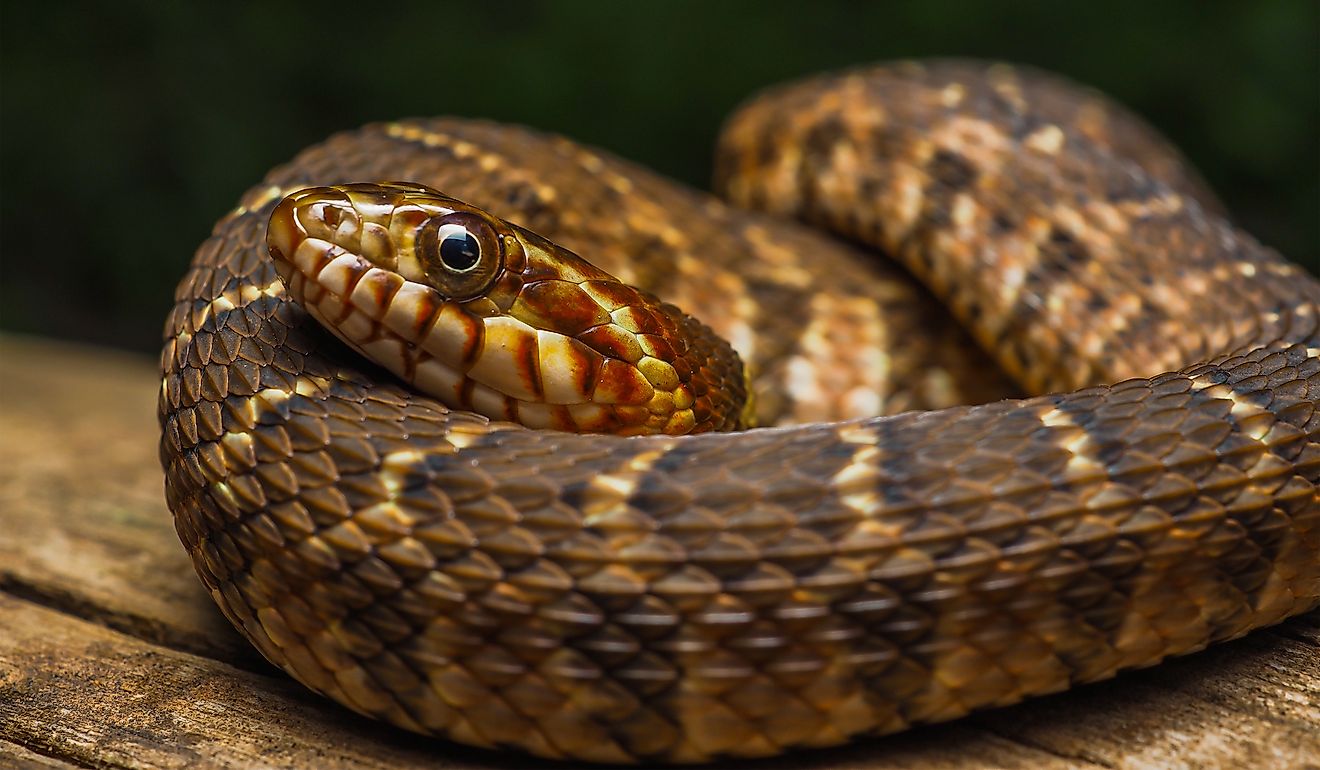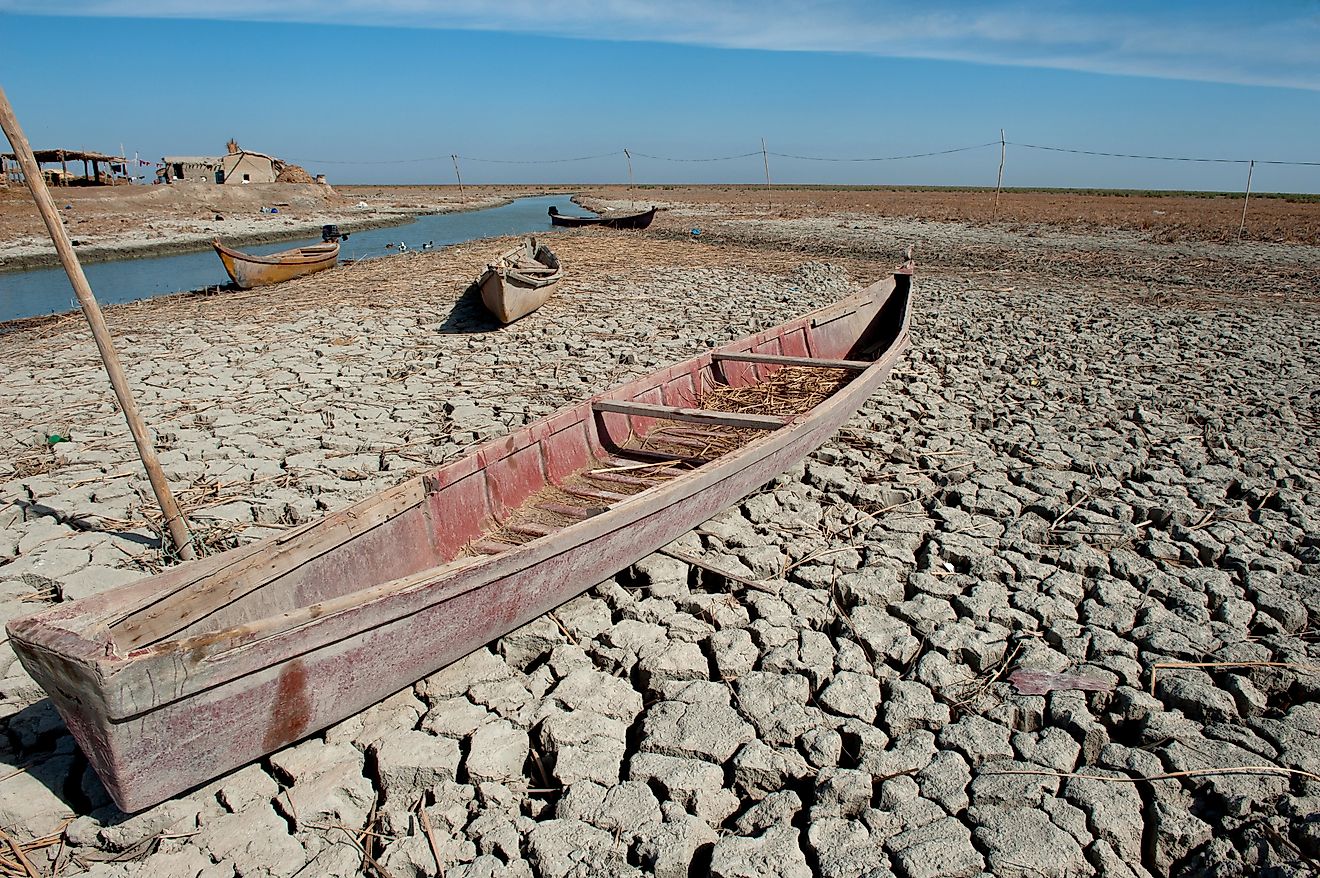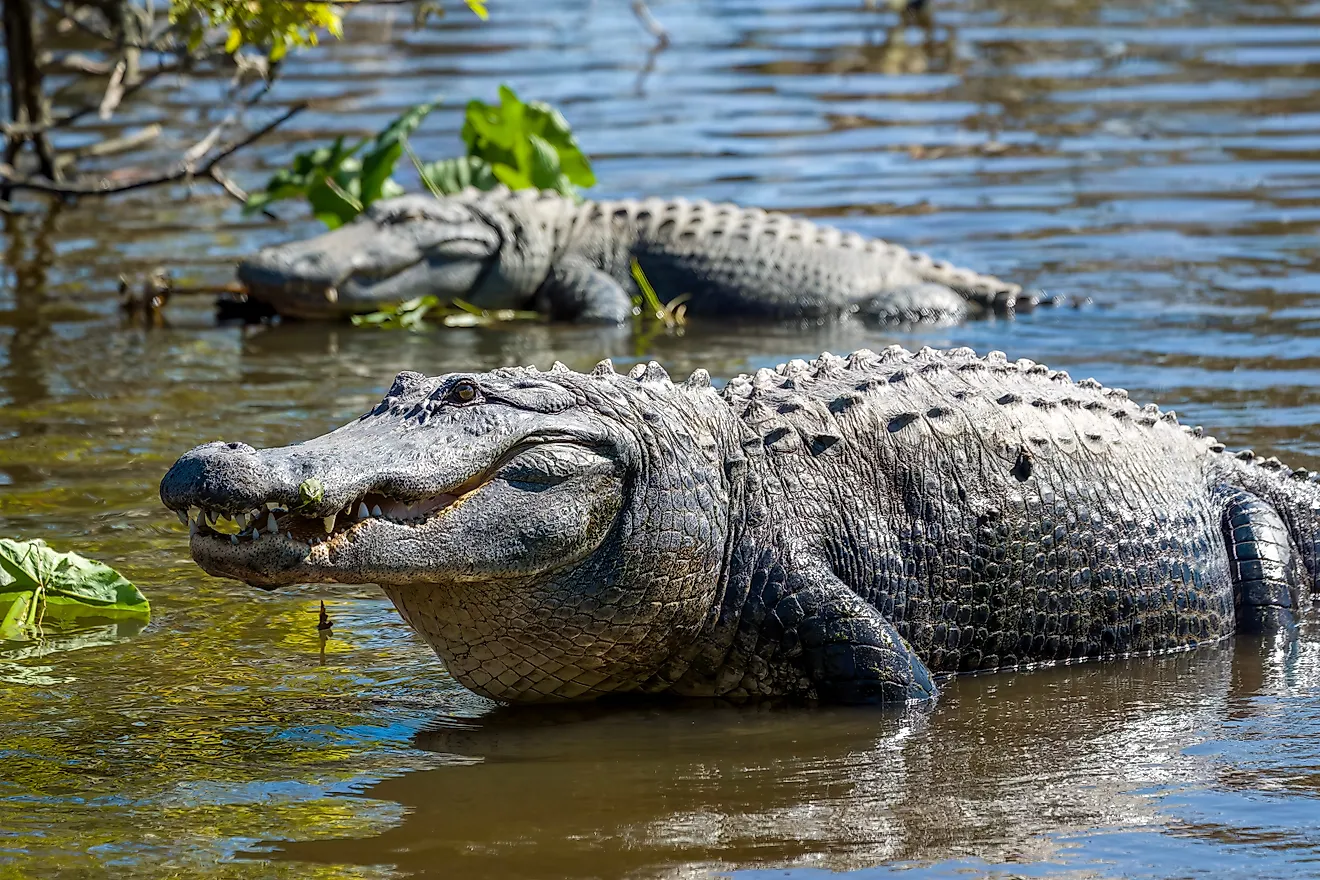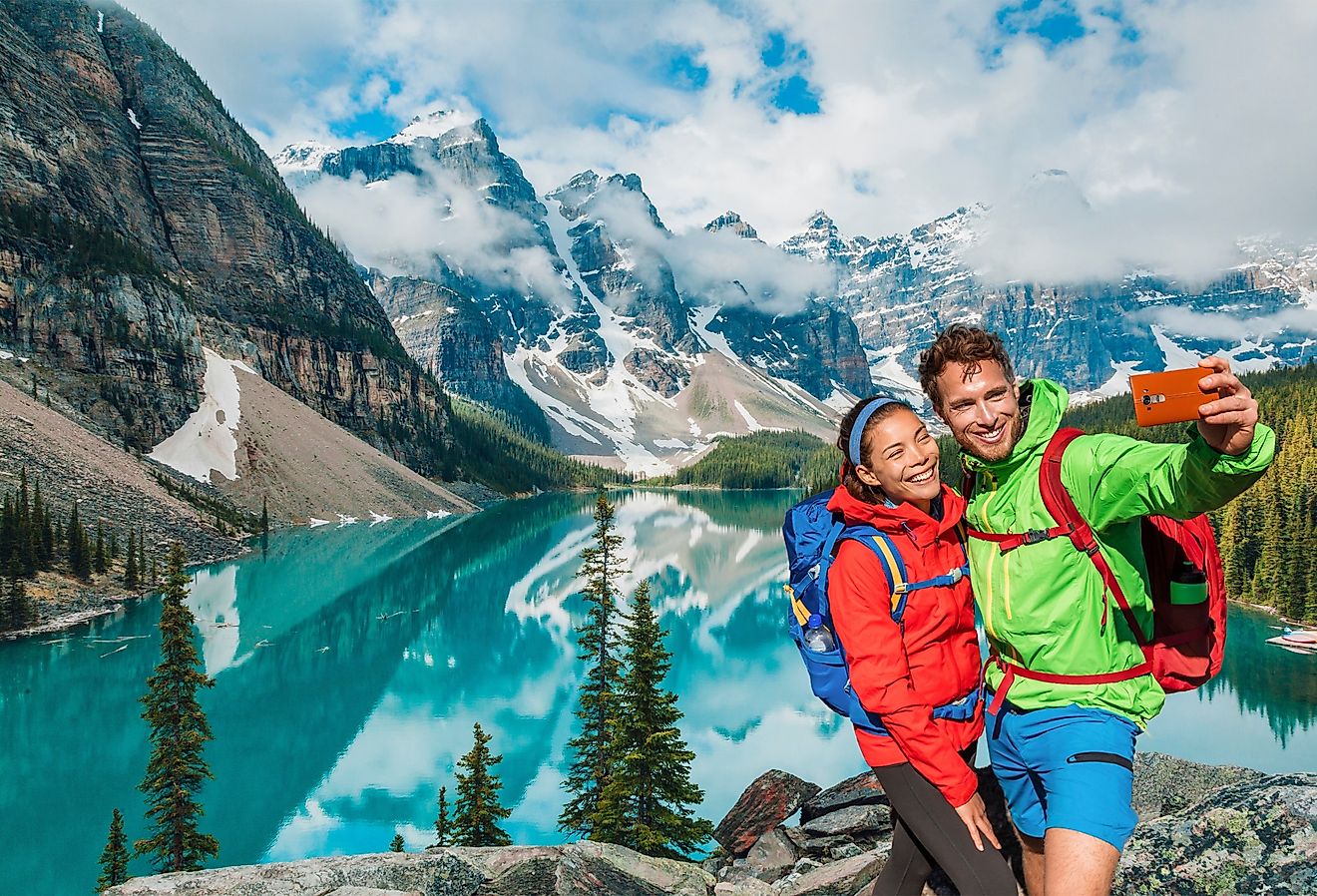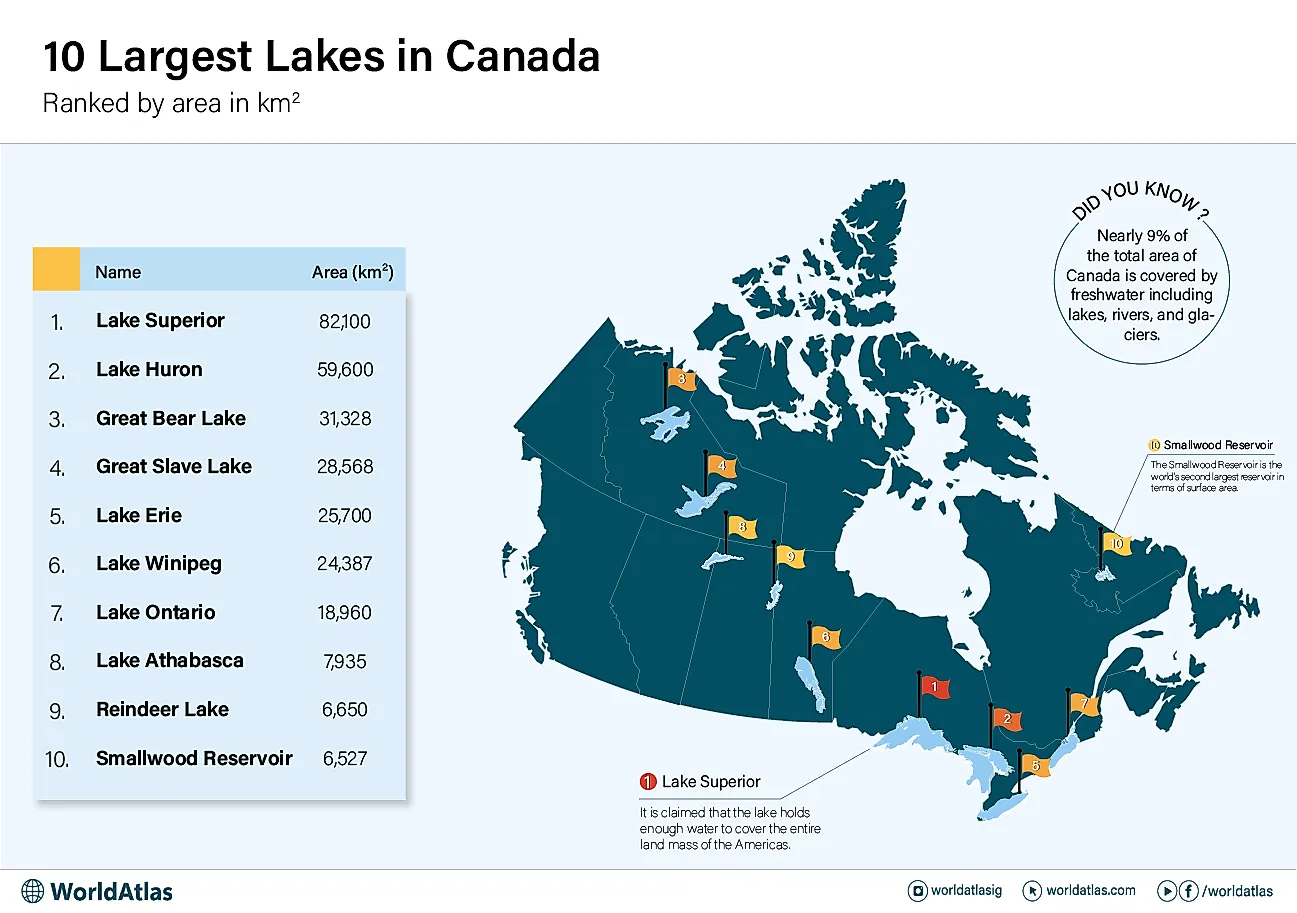
The Largest Lakes in Canada
Canada is home to some of the world's most spectacular and vast lakes, and they are crucial to the country's landscape and ecosystem. These freshwater giants, formed through various geological processes, not only provide essential habitats for diverse wildlife but also support numerous human activities such as fishing, transportation, and recreation. In this article, we explore the ten largest, freshwater bodies within Canada's borders. Each lake boasts unique features and contributes significantly to the region's natural beauty and resources. Lake Superior, for instance, holds the title of the largest freshwater lake by surface area in the world, while Great Bear Lake is renowned for its pristine, remote environment. Exploring these vast bodies of water reveals the rich tapestry of Canada's natural heritage, offering a glimpse into the country's geographical diversity and ecological importance.
10. Smallwood Reservoir
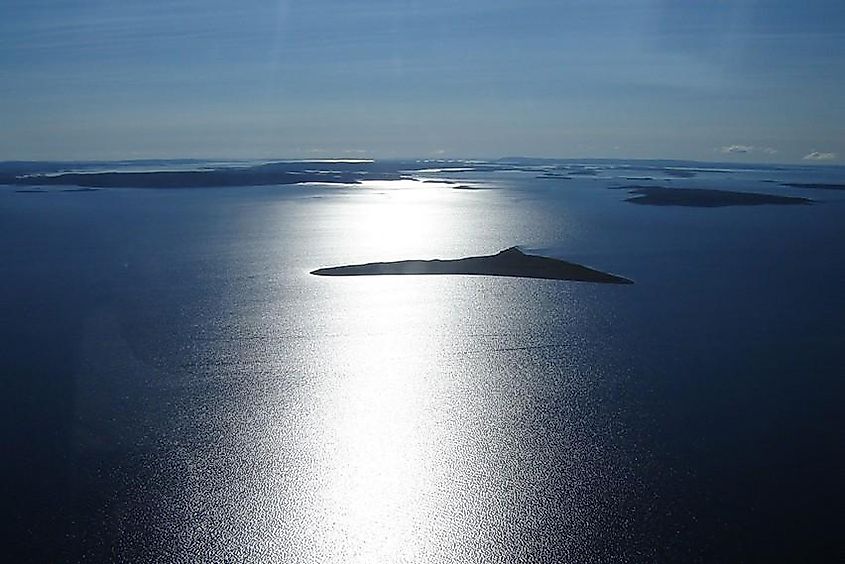
While not technically a lake, The Smallwood Reservoir, located in Labrador, Canada, gets an honorable mention as one of the world’s largest man-made reservoirs. Created in the 1960s as part of the Churchill Falls hydroelectric project, it spans an area of approximately 6,527 square kilometers. A vast network of interconnected lakes and rivers were flooded to form the reservoir, and it generates hydroelectric power for Canada.
Despite its important role in energy generation, the area remains remote and sparsely populated, with the only nearby town being Churchill Falls, a community of around 730 residents.
9. Reindeer Lake
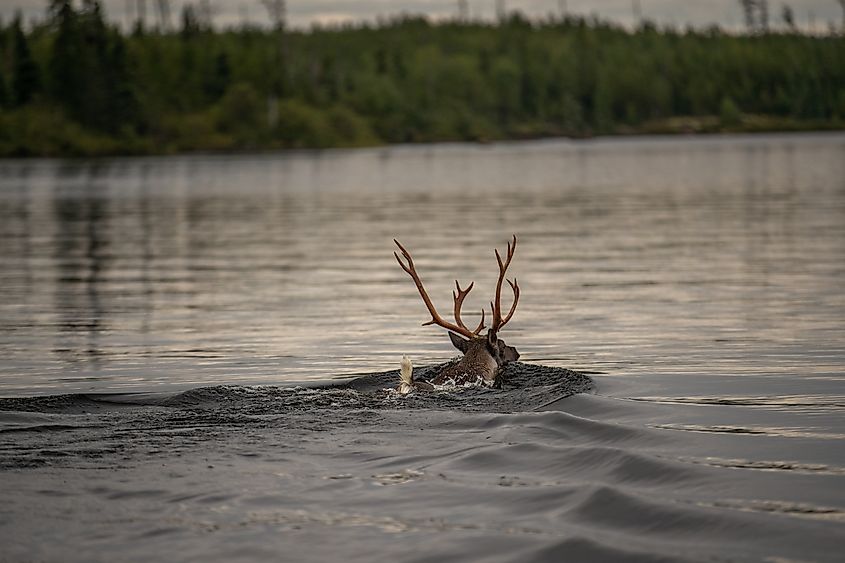
Reindeer Lake sits along the border of Saskatchewan and Manitoba and covers an area of about 6,650 square kilometers, with a maximum depth of 219 meters. Known for its rugged, remote wilderness, the lake is dotted with thousands of islands and surrounded by seemingly endless forests. Reindeer Lake is fed by several rivers and drains northward into the Churchill River system, ultimately emptying out into Hudson's Bay and then the Arctic Ocean.
Reindeer Lake serves as a vital habitat for diverse fish species, including lake trout, northern pike, and Arctic grayling, making it a popular destination for anglers. Its unspoiled beauty is a draw for eco-tourists as well.
8. Lake Athabasca
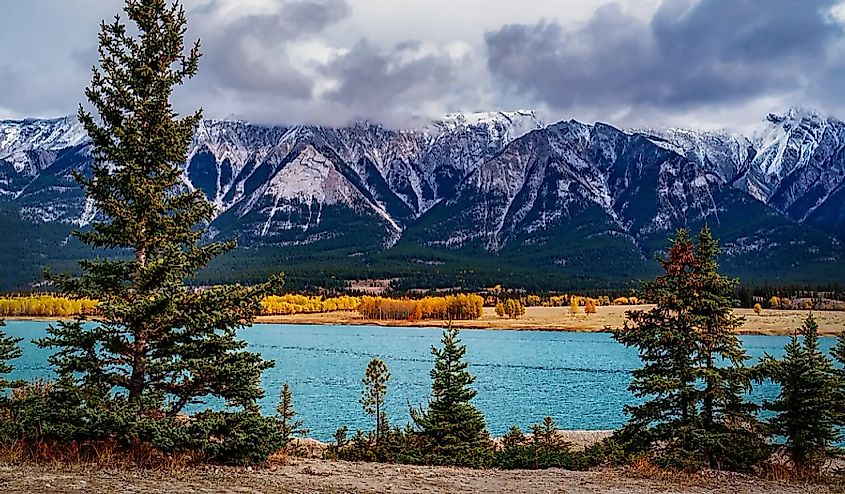
Lake Athabasca straddles the border between the provinces of Saskatchewan and Alberta. It covers an area of 7,850 square kilometers and has a maximum depth of 124 meters, making it one of Canada’s deeper lakes. Fed by several rivers, including the Athabasca and Fond du Lac, the lake drains northward via the Slave River, eventually connecting to the Mackenzie River system.
Its surrounding landscape features boreal forests and even large stretches of sandy dunes, including the Athabasca Sand Dunes Provincial Park, which is only accessible by airplane. Lake Athabasca is also incredibly remote, with the largest settlement on its shores, Fort Chipewyan, housing only about 800 permanent residents. This town was one of several northern towns in Canada originally established by the North West Company (a competitor to the Hudson's Bay Company).
Another notable park nearby is Wood Buffalo National Park, the largest national park in Canada.
7. Lake Ontario
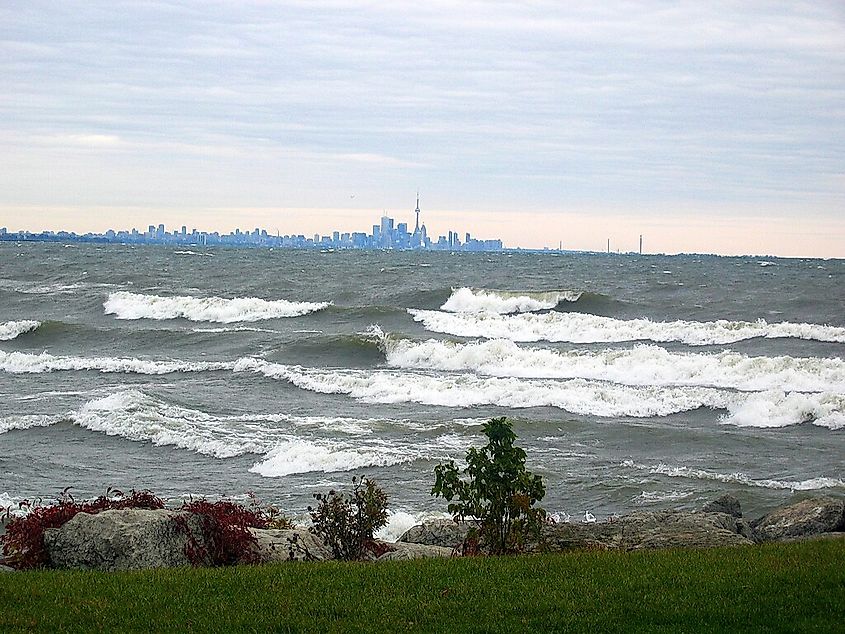
Lake Ontario is the smallest of the Great Lakes by surface area, spanning only 18,970 square kilometers. Yet, it is the 13th largest lake in the world. It is remarkably deep, with a maximum depth of 244 meters and an average depth of 86 meters, and it holds a water volume of 1,631 cubic kilometers.
Located between Ontario, Canada, and New York, USA, the lake serves as the outlet for the Great Lakes system via the St. Lawrence River, connecting to the Atlantic Ocean. Its shores are home to major cities like Toronto and Rochester and natural landmarks such as the Niagara Escarpment.
Lake Ontario is a historically significant body of water for trade and settlement. The lake is vital in recreation, shipping, and water supply for tens of millions of Canadians and Americans.
6. Lake Winnipeg
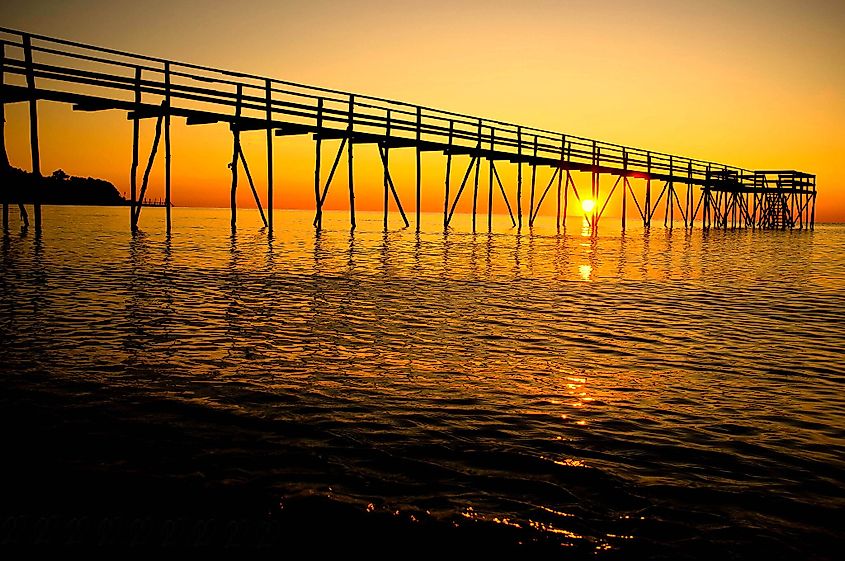
Lake Winnipeg is located in central Manitoba. It has a surface area of 24,514 square kilometers, a maximum depth of 36 meters, and an average depth of only 12 meters.
Lake Winnipeg is fed by the Red and Saskatchewan Rivers. These ecosystems are home to significant populations of walleye, sauger, and whitefish, making them vital resources for commercial and recreational fishing in the area.
Today, Lake Winnipeg is challenged by algae blooms caused by nutrient runoff from nearby farmlands. The blooms have grown so large in some areas that they can be seen from outer space!
5. Lake Erie
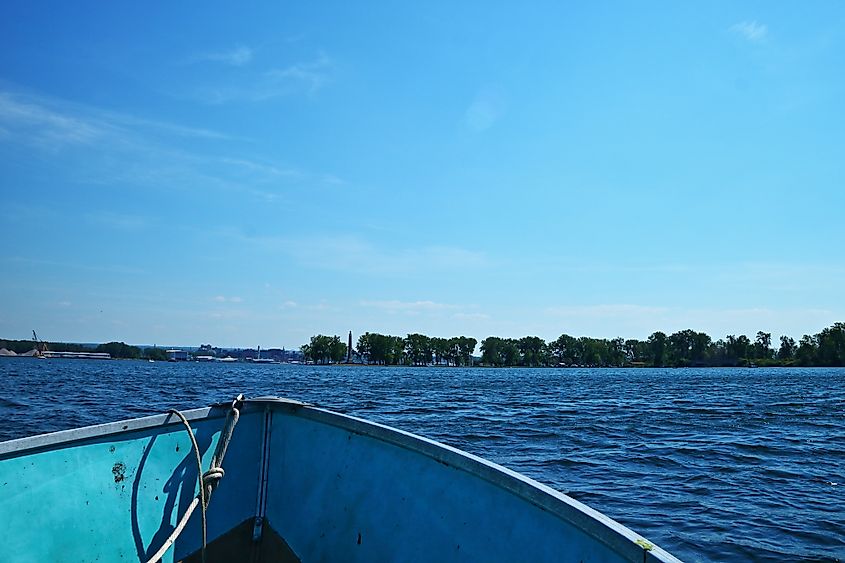
Lake Erie is 25,700 square kilometers and the shallowest of the Great Lakes. It is bordered by Ontario, Michigan, Ohio, Pennsylvania, and New York. The lake’s shores feature diverse landscapes, and it is contiguous to a number of notable parks, like Point Pelee National Park, the most southern point on Canada's mainland. Historically, it served as a vital transportation route and was the setting of naval conflicts during the War of 1812.
4. Great Slave Lake

Great Slave Lake rests in Canada’s Northwest Territories and is the deepest lake in North America, reaching a maximum depth of 614 meters. It covers approximately 27,200 square kilometers, making it the second-largest lake in Canada.
This enormous lake serves as a critical resource in the far reaches of northern mainland Canada. Its incredibly clean waters support fish species such as lake trout, northern pike, and whitefish, to name a few. It is surrounded by dense boreal forests and tundra, with towns like Yellowknife, the capital city of Northwest Territories, on its northern edge.
Great Slave Lake also plays a vital role in transportation, as its frozen surface becomes an ice road in winter, while its open waters serve as a key route for fishing and shipping during warmer months.
The etymology of the Great Slave Lake is traced back to a conflict between feuding indigenous families in the region, who called one another slaves as an insult.
3. Great Bear Lake
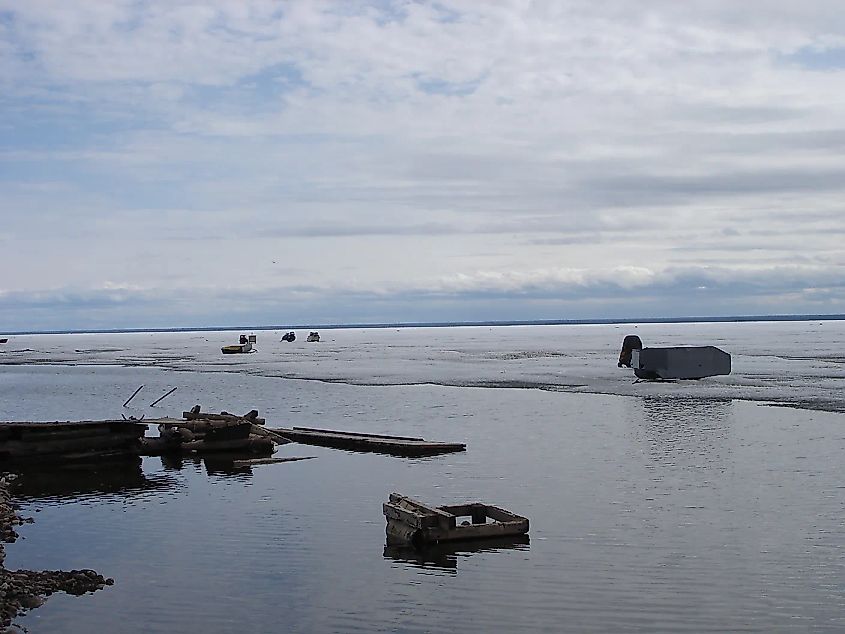
Great Bear Lake, also located in Canada’s Northwest Territories, is the largest lake entirely within the country and the eighth-largest on the planet. It spans an impressive 31,153 square kilometers and has a maximum depth of 446 meters, making it one of the deepest lakes on the continent.
Great Bear Lake holds some of the clearest and coldest freshwater in the world, largely thanks to the near complete lack of human settlement around its shores. Situated just south of the Arctic Circle, the lake is surrounded by remote, pristine wilderness, offering habitats for caribou, grizzly bears, and numerous bird species. It is also home to trophy-sized lake trout and Arctic grayling, attracting anglers worldwide.
The Sahtú Dene people, who call it "Sahtú," have long regarded the lake as a cultural and spiritual landmark, while early French explorers and trappers originally named it Grand Lac de L'Ours.
2. Lake Huron
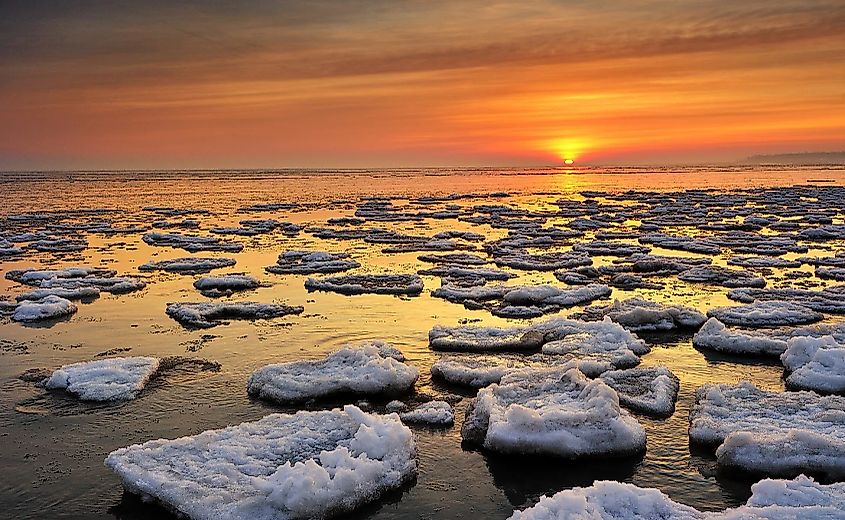
Lake Huron, yet another one of North America’s Great Lakes, covers a surface area of approximately 59,590 square kilometers, making it the second largest of the five lakes by surface area. It has a maximum depth of 229 meters and a water volume of 3,521 cubic kilometers.
Located between the United States and Canada, Lake Huron borders Michigan and Ontario. The lake is home to over 30,000 islands, including Manitoulin Island, the largest freshwater island in the world. Its shoreline features numerous beaches, rocky bluffs, and lighthouses. Historically, it played a vital role in transportation for various indigenous cultures and remains significant for recreation, shipping, and natural habitats today. The Bruce Peninsula National Park and Fathom Five National Marine Park, for a couple of examples, sit on the Ontario side of the lake and are two of Canada's most significant and most visited federally-run parklands.
1. Lake Superior
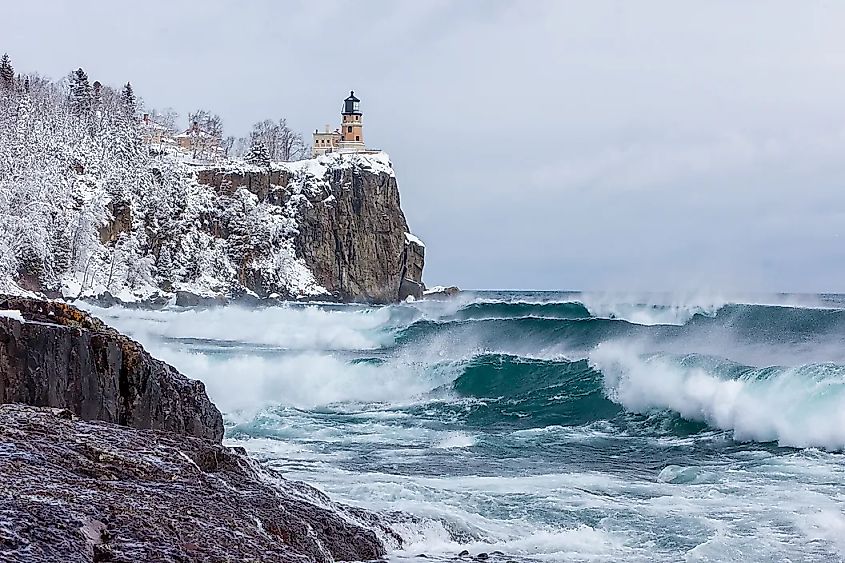
Lake Superior is the largest freshwater lake in the world by surface area, spanning approximately 82,100 square kilometers. It borders Minnesota, Wisconsin, and Michigan, with most of its northern shores within Ontario. It is vital to North America's economies and wildlife species.
With a maximum depth of 406 meters, Lake Superior is also the third deepest lake on the continent. It holds about 12,070 cubic kilometers of water, accounting for an astounding 13% of the world’s fresh surface water supply.
Hundreds of rivers feed into the lake, contributing to its vast ecosystem, which supports native species of fish, birds, and other creatures that depend on its waters for sustenance. The shoreline is marked by towering cliffs, sandy beaches, and cultural landmarks, including Pictured Rocks National Lakeshore in Michigan and Pukaskwa National Park in Ontario. Its name comes from the Ojibwe word "Gichigami," meaning "great sea."
The Largest Lakes in Canada
| Rank | Lake | Area in km2 |
|---|---|---|
| 1 | Lake Superior | 82,100 |
| 2 | Lake Huron | 59, 590 |
| 3 | Great Bear Lake | 31,153 |
| 4 | Great Slave Lake | 27,200 |
| 5 | Lake Erie | 25,700 |
| 6 | Lake Winnipeg | 24,514 |
| 7 | Lake Ontario | 18,970 |
| 8 | Lake Athabasca | 7,850 |
| 9 | Reindeer Lake | 6,650 |
| 10 | Smallwood Reservoir | 6,527 |
| 11 | Nettilling Lake | 5,542 |
| 12 | Lake Winnipegosis | 5,374 |
| 13 | Lake Nipigon | 4,848 |
| 14 | Lake Manitoba | 4,624 |
| 15 | Lake of the Woods | 4,350 |
| 16 | Caniapiscau Reservoir | 4,318 |
| 17 | Dubawnt Lake | 3,833 |
| 18 | Amadjuak Lake | 3,115 |
| 19 | Lake Melville | 3,069 |
| 20 | Robert-Bourassa Reservoir | 2,815 |
| 21 | Wollaston Lake | 2,681 |
| 22 | La Grande 3 Reservoir | 2,536 |
| 23 | Lac Mistassini | 2,335 |
| 24 | Nueltin Lake | 2,279 |
| 25 | Southern Indian Lake | 2,247 |
| 26 | Manicouagan Reservoir | 1,973 |
| 27 | Baker Lake | 1,887 |
| 28 | Lac La Martre | 1,778 |
| 29 | Williston Lake | 1,761 |
| 30 | Lac Seul | 1,657 |
| 31 | Gouin Reservoir | 1,570 |
| 32 | Yathkyed Lake | 1,449 |
| 33 | Lake Claire | 1,436 |
| 34 | Cree Lake | 1,434 |
| 35 | Lac la Ronge | 1,413 |
| 36 | Lac a l'Eau-Claire | 1,383 |
| 37 | Cedar Lake | 1,353 |
| 38 | Kasba Lake | 1,341 |
| 39 | Laforge-1 Reservoir | 1,288 |
| 40 | Lake Champlain | 1,269 |
| 41 | Lac Bienville | 1,249 |
| 42 | Island Lake | 1,223 |
| 43 | Lesser Slave Lake | 1,160 |
| 44 | Gods Lake | 1,151 |
| 45 | Lake St. Clair | 1,114 |
| 46 | Aberdeen Lake | 1,100 |
| 47 | Bras d'Or Lake | 1,099 |
| 48 | Napaktulik Lake | 1,080 |
| 49 | MacKay Lake | 1,061 |
| 50 | Lac Saint-Jean | 1,053 |
